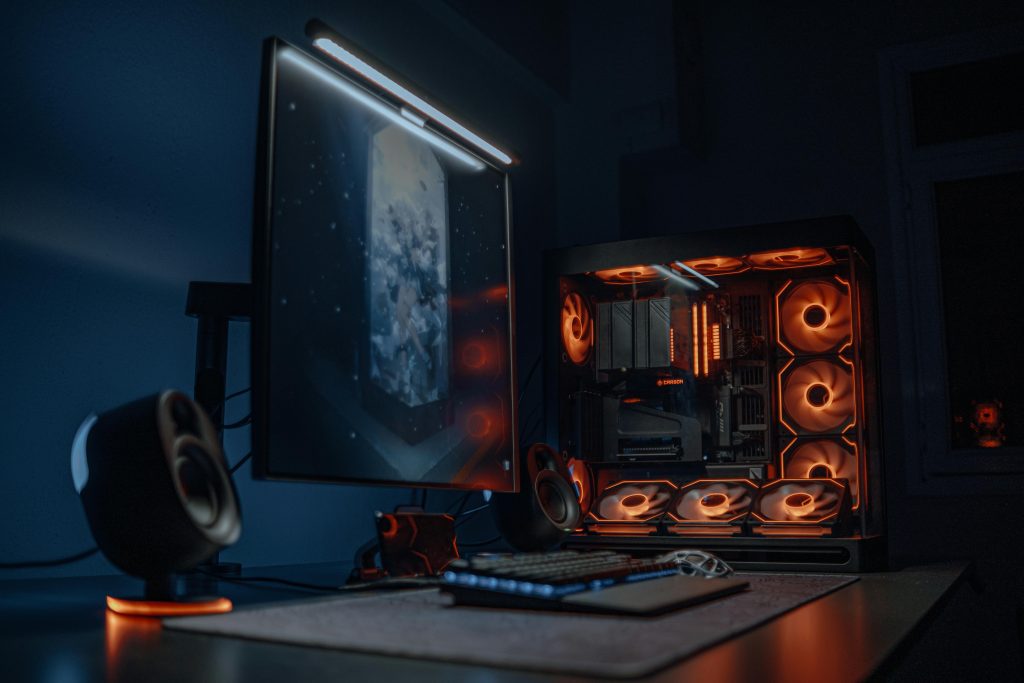Exploring Remote Desktop Solutions for Running Legacy 16-Bit Applications
As technology continues to evolve rapidly, many professionals and enthusiasts find themselves working with legacy software that no longer seamlessly integrates with modern operating systems. Among these, older applications like certain versions of AutoCAD, which rely on 16-bit architecture, pose unique challenges for users seeking to access them on contemporary hardware.
The Challenge of Running Legacy 16-Bit Software
Modern computers predominantly operate on 64-bit versions of Windows, which have dropped native support for 16-bit applications. This creates a significant barrier for users who rely on older programs not compatible with current systems. Reinstalling or maintaining outdated operating systems becomes a compelling workaround to continue utilizing such legacy tools.
Utilizing Remote Desktop as a Viable Solution
One potential approach involves setting up a dedicated machine running an older operating system—such as Windows XP—that supports 16-bit applications natively. By configuring this setup, users can access the legacy software remotely through Remote Desktop Protocol (RDP) clients from their primary, modern computers. This method offers several advantages:
- Compatibility: Ensures the legacy software runs in its native environment without compatibility issues.
- Centralized Access: Provides a single access point, simplifying work across multiple devices.
- Cost-Effectiveness: Repurposes existing hardware or minimal investment into a dedicated legacy machine.
Security Considerations
While this approach effectively addresses compatibility concerns, security remains an important aspect to consider. Running an older OS like Windows XP can present vulnerabilities, especially if connected to the internet. However, if the dedicated machine is used solely for running legacy software without storing sensitive data, risks can be mitigated by:
- Isolating the machine on a separate network segment.
- Disabling unnecessary network services and ports.
- Employing hardware firewalls or network restrictions to limit external access.
Practical Advice and Recommendations
Before investing in hardware or configuring such a system, consider the following:
- Assessment of Needs: Confirm that the legacy application is essential and that modern alternatives are unsuitable.
- Network Security: Implement strict network controls to minimize exposure.
- Backup and Maintenance: Maintain regular backups and keep the system updated with available security patches.
- Alternative Solutions: Explore virtualization options or compatibility layers (like DOSBox or virtual machines) to possibly run the software within a more secure environment.
Conclusion
Using a dedicated Windows XP machine accessed via Remote Desktop can be a practical, cost-effective solution
Share this content:



